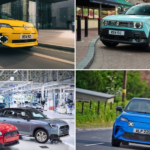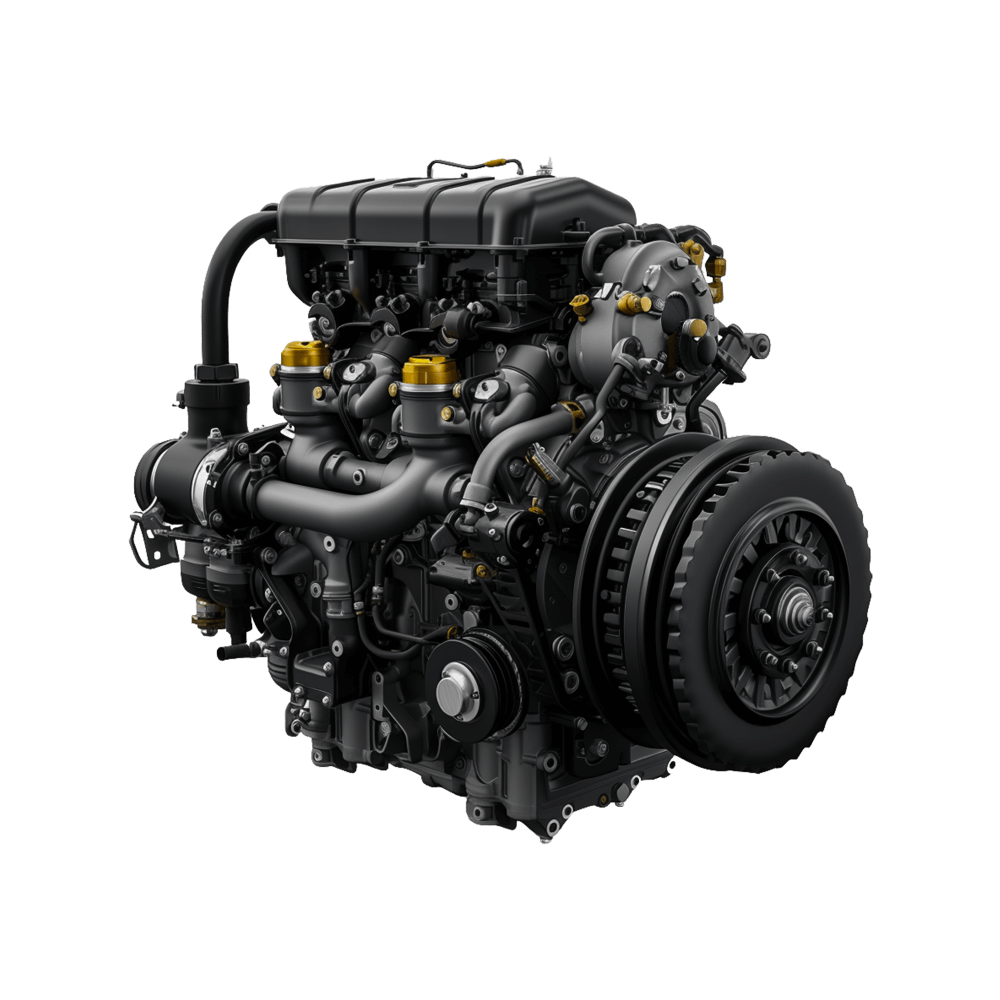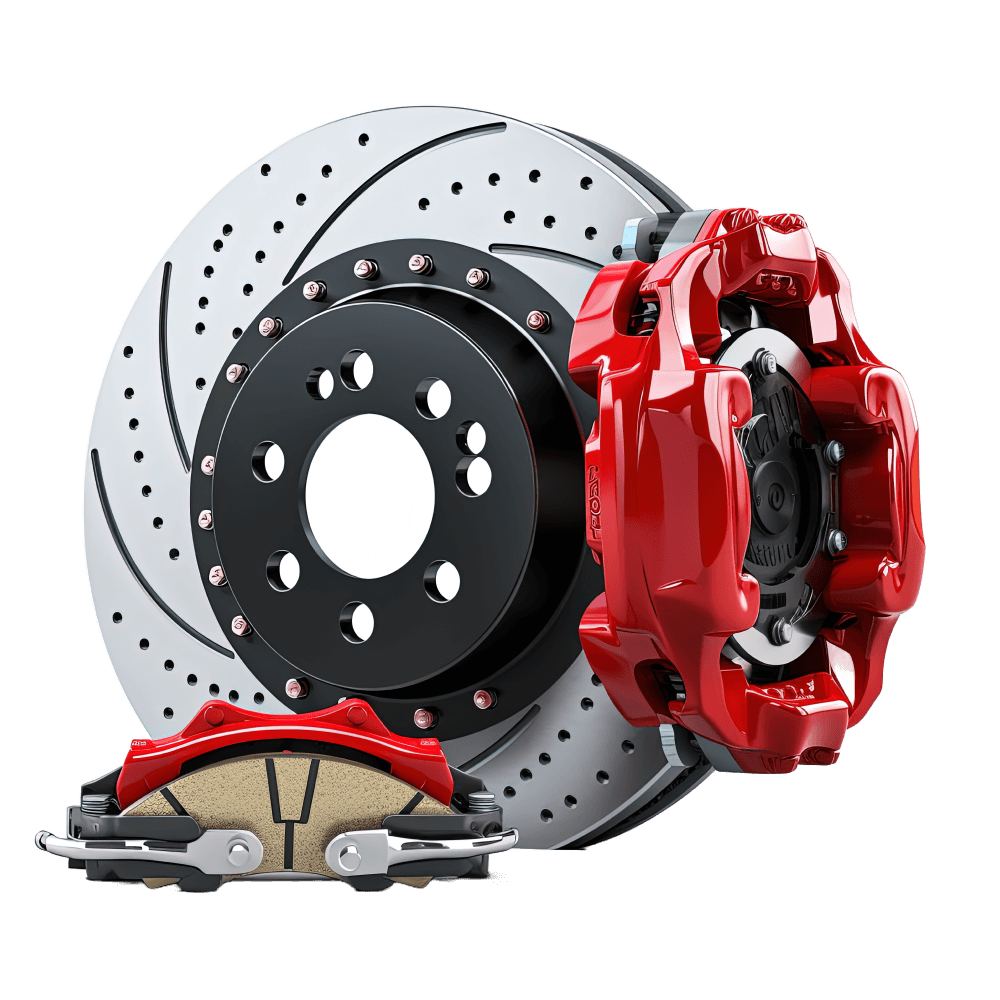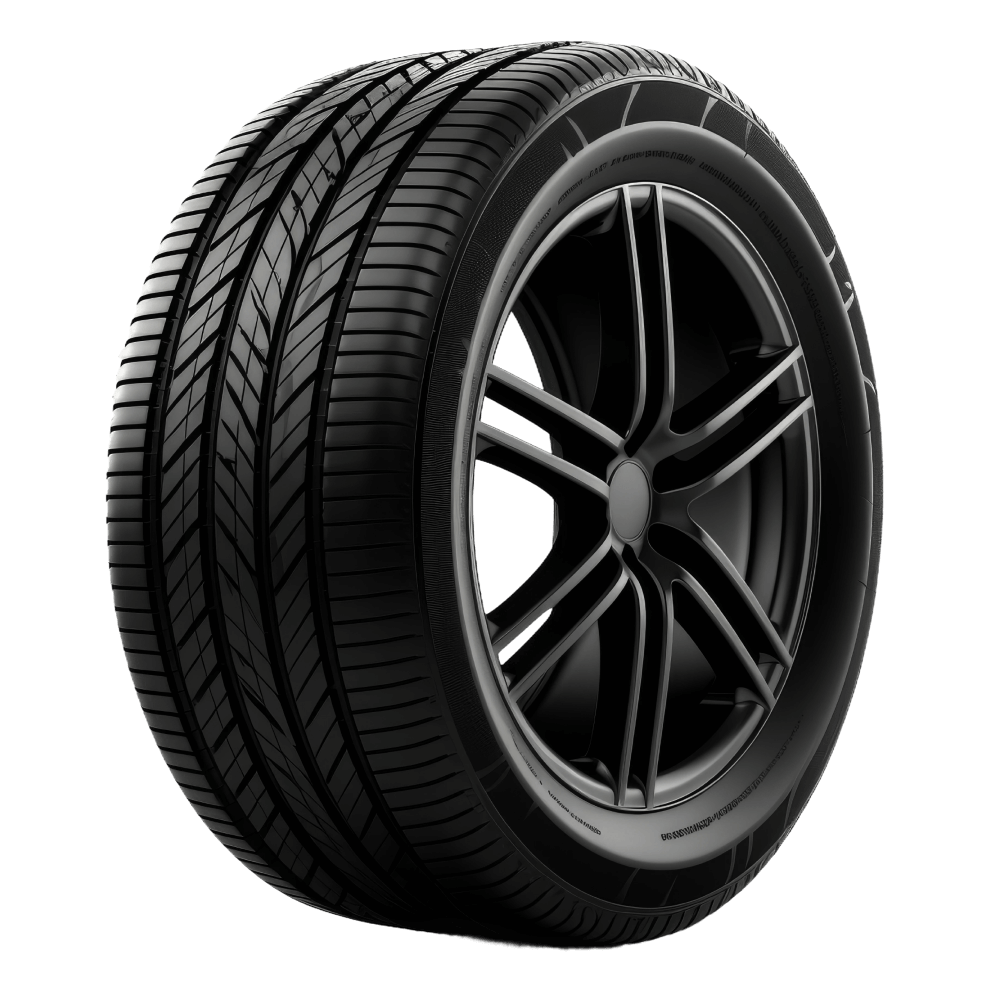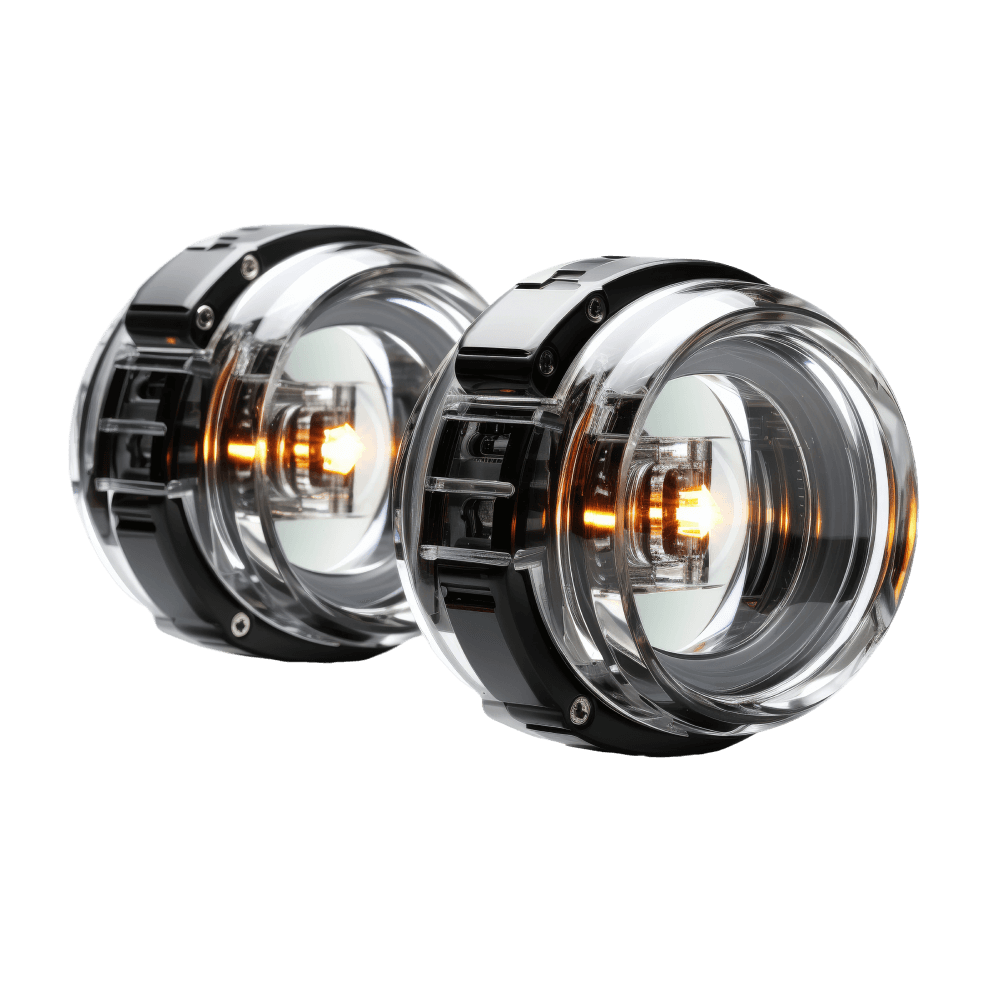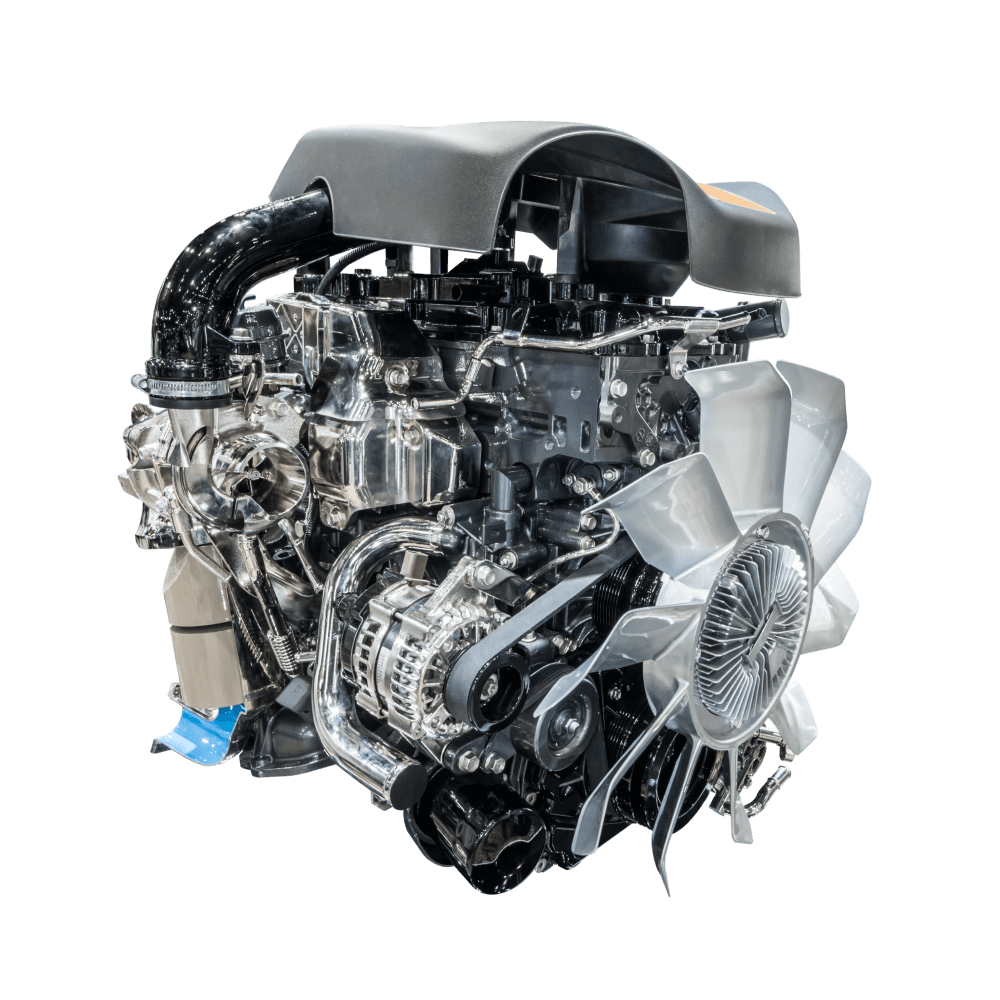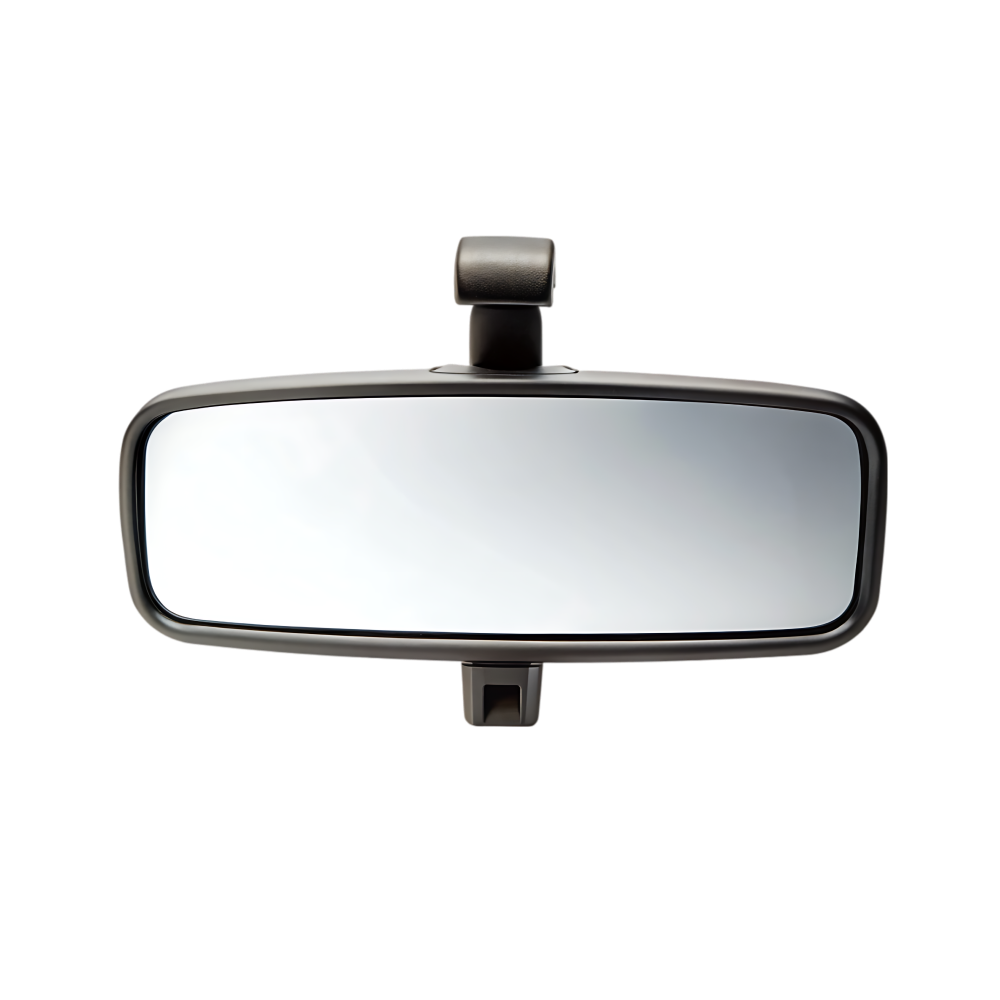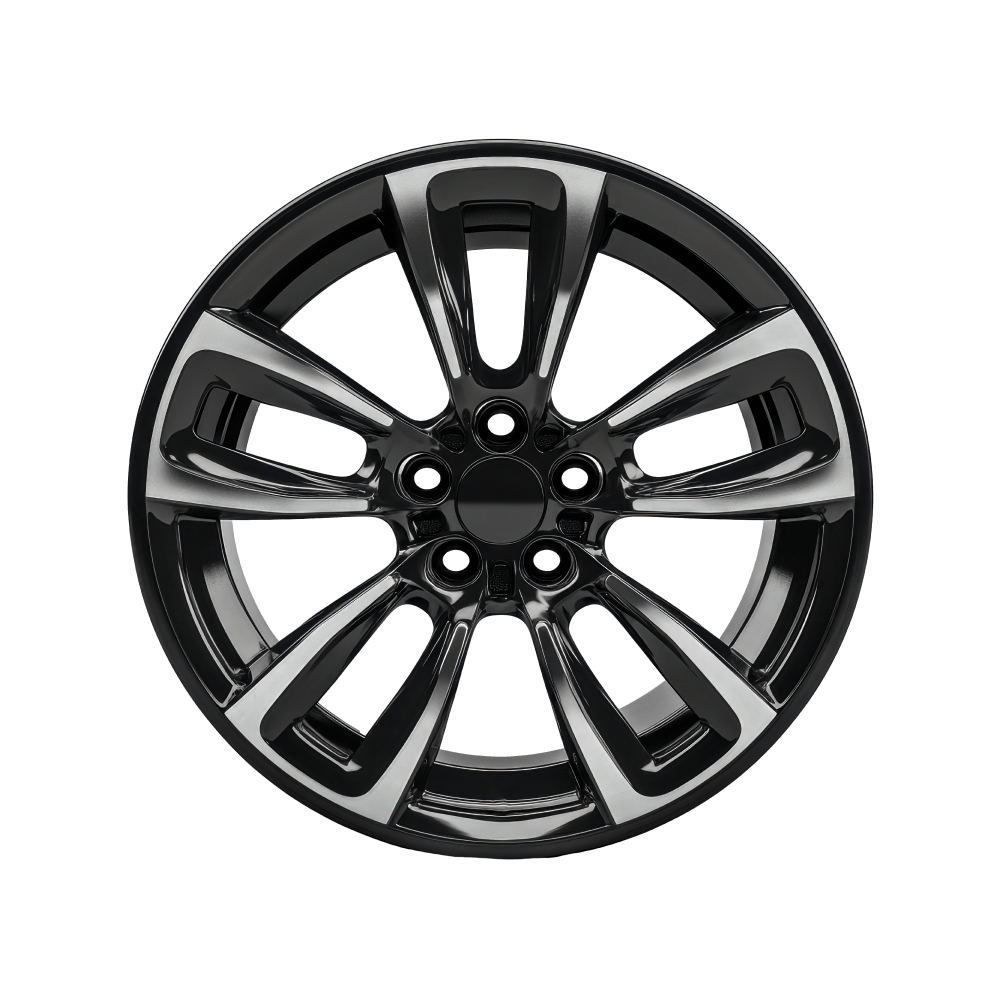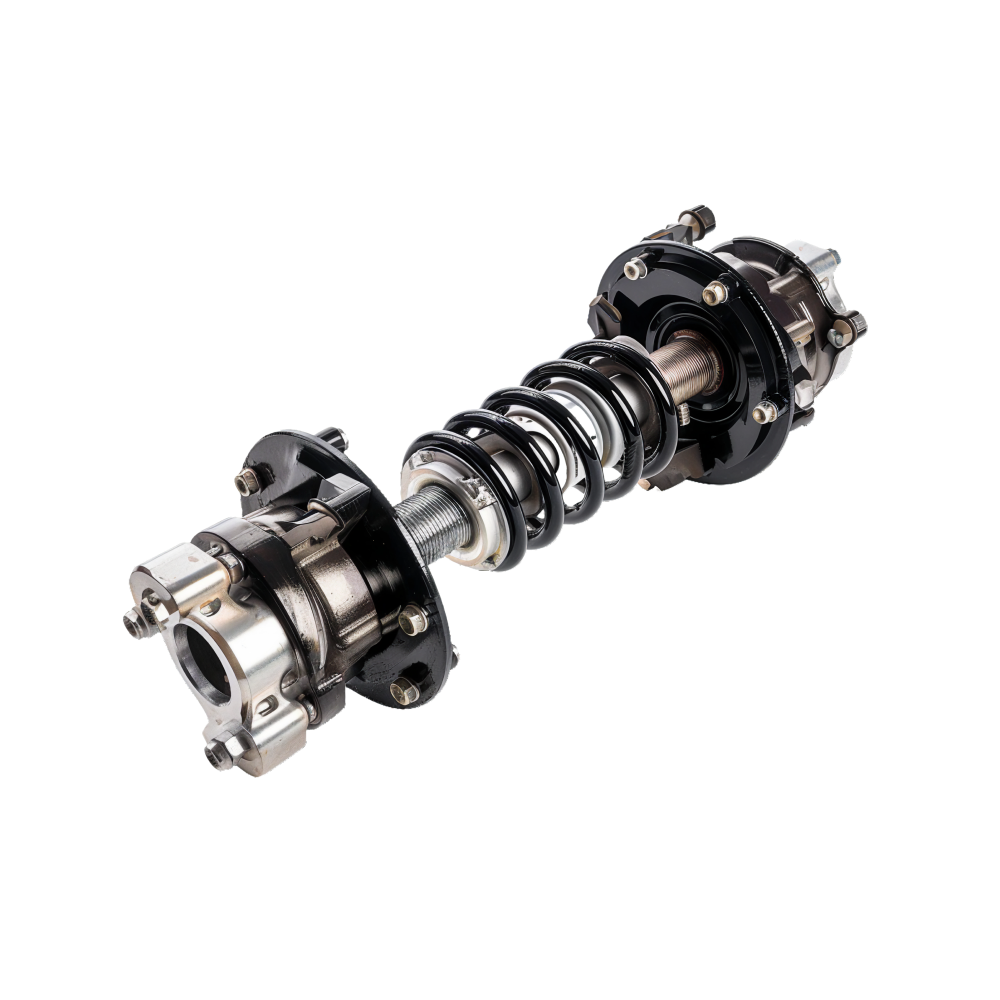From Donald Trump’s first day back in office, he vowed to unravel California’s sway over the nation’s auto-emission standards by eliminating the state’s progressive zero-emission mandates. He made good on that promise within the first several months of his second term.
After a series of controversial congressional votes in May, Trump signed legislation that effectively nullified several of California’s auto-emission standards, including the state’s landmark regulation to ban selling new, gas-only cars statewide by 2035.
Several weeks later, Gov. Gavin Newsom signed an executive order reaffirming California’s commitment to its emissions goals, and effectively sending state agencies back to the drawing board in light of a newly antagonistic federal government. Their task: to reassert California’s climate leadership and identify policies to boost zero-emission vehicle sales.
At stake isn’t just sales numbers for car and truck manufacturers, but California’s ambitious climate agenda and the health of millions of its residents. Without the federal rebates and subsidies to support widespread adoption electric vehicles, the state will almost surely fall short of its greenhouse gas reduction targets and remain in violation of federal air quality standards. Unless, that is, Sacramento steps in, in a big way.
On Tuesday, state officials delivered an eight-page report to the governor’s office detailing several strategies to do just that.
It focuses on boosting zero-emission vehicle adoption and reducing tailpipe emissions in communities dealing with some of the nation’s worst air quality and most rapidly intensifying effects from global warming.
In Southern California, alone, about 1,500 residents die annually due to exposure to unhealthy levels of air pollution, according to Liane Randolph, chair of the California Air Resources Board, one of the agencies that authored the report.
“Clean air efforts are under siege, putting the health of every American at risk,” Randolph said. “California is continuing to fight back and will not give up on cleaner air and better public health. We have a legal and moral obligation.”
The report comes amid a statewide slump in electric vehicle sales, expiring federal clean-vehicle subsidies and widespread economic uncertainty from Trump-imposed tariffs.
Climate & Environment
Documents outlining the EPA’s plan to roll back vehicle emission standards reference California by name 27 times.
In the document, California officials argued that one of the most important ways to counteract federal actions is to find state funding to restore subsidies for zero-emission vehicles.
Trump’s “One Big Beautiful Bill” will end federal tax credits for zero-emission vehicles — up to $7,500 for car buyers — on Sept. 30. Because electric vehicles generally cost more than their gas-powered counterparts, government incentives were critical in encouraging Americans to buy cleaner cars.
Not long after Trump’s election, Newsom committed to restore funding for a state rebate program if Trump eliminated the federal tax credit.
The previous state program, which ended in 2023, provided $1.49 billion in funding for more than 594,000 electric, hydrogen or plug-in hybrid vehicles, according to the state Air Resources Board. That offered thousands of consumers up to a $7,500 rebate for purchasing or leasing a new zero-emission vehicle or plug-in hybrid, and the initiative prevented drivers from burning more than 456 million gallons of fuel, according to estimates.
A new round of state subsidies for zero-emission vehicles would likely require state lawmakers to introduce new legislation or to create a specific allocation for that purpose in California’s budget bill next year.
Daniel Villasenor, a spokesperson for Newsom’s office, said the state’s cap-and-trade program — the state’s leading climate program that generates $4 billion annually — could be the source of new zero-emission vehicle incentives.
Climate & Environment
Experts say the EPA’s move to reverse the endangerment finding is dangerous for the nation. But California may have tools to weather the storm.
“The Governor and his team are reviewing the recommendations set forth in the report,” Villasenor said. “As the Governor said when he signed the executive order, California will continue our world-leading transition to cleaner cars.”
Last year, more than 1.75 million new cars were sold in California; over 25% of those were zero-emission or plug-in hybrids, according to state data. As of June 30, about 900,000 cars have been sold in 2025, and 22.3% are zero-emission or plug-in hybrids.
Tesla registered only 76,000 new cars statewide, well off its pace last year, when it sold around 200,000.
Adrian Martinez, director of the nonprofit Earthjustice’s “Right To Zero” campaign, said government subsidies are critical for California to not only meet its clean air and climate goals, but to also stay economically competitive.
“It’s smart for California to think about how they can [counteract] some of the reckless behavior of the federal government,” Martinez said. “It’s incredibly important right now, because there’s huge environmental need for these zero emission vehicles. But there’s also huge economic benefits from facilitating and advancing electric vehicles, including a lot of jobs in California.”
State officials have advised the governor’s office to consider other financial inducements to zero-emission drivers, such as free or reduced costs to drive in lesser-congested toll lanes on California highways. Electric car owners, who are permitted to drive alone in carpool lanes with a state-issued decal, are poised to lose privileges on Sept. 30 without federal authorization.
The report calls on the California Public Utilities Commission to explore financial incentives to make electric-vehicle charging less expensive as electricity prices have risen substantially.
It also broadly proposes expanding and maintaining the state’s electric-vehicle charging networking, which has been plagued by broken charge ports, long wait times and too few stations.
In addition, state officials stressed the need to lead by example. The state operates a fleet of more than 35,000 vehicles, and it is essential, the report says, that new vehicles purchased be zero-emissions.
“One of the opportunities is whether or not the state fleet might be able to move even faster [than our requirements],” Randolph said. “I think it’s a wonderful opportunity for state fleets to show how zero-emission vehicles can be deployed.”
Beyond incentives and demonstrating its own purchasing power, environmental advocates say, California and local regulators must continue to adopt innovative regulations within their own authority.
California Atty. Gen. Rob Bonta sued the federal government moments after Trumped signed legislation that overturned California’s auto emissions standards, including the Advanced Clean Cars II — the regulation that which would have banned the sale of new gas-only cars by 2035.
Climate & Environment
The future of California’s cap-and-trade program is in limbo. Experts say the state can’t meet its climate goals without it.
As Bonta continues to fight for the landmark rule, Newsom’s executive order in June instructed the California Air Resources Board to begin drafting the state’s next major regulation in the coming months: Advanced Clean Cars III.
There aren’t specifics, at this point, so it’s unclear if it is intended to build on existing regulation or act as an alternative measure if Trump succeeds in defeating Advanced Clean Cars II.
In either case, state officials are signaling that California does not intend to shelve its environmental agenda.
“The world is accelerating forward toward cleaner vehicle technologies, and is going to watch the U.S. fade into the rearview mirror because this administration is choosing to quit the race,” Randolph said. “This report shows California is still going to keep up the momentum.”
Follow Us
Tony Briscoe is an environmental reporter with the Los Angeles Times. His coverage focuses on the intersection of air quality and environmental health. Prior to joining The Times, Briscoe was an investigative reporter for ProPublica in Chicago and an environmental beat reporter at the Chicago Tribune.
Business
Climate & Environment
Science & Medicine
Climate & Environment
Nineteen people died in the Eaton Fire, mostly in west Altadena. An LA Times investigation found evacuation warnings were late & only one fire truck was present as flames hit homes. Reporter Rebecca Ellis looked into what happened and why.
Environmental journalist Jonathan P. Thompson joins Sammy Roth to discuss the future of the Colorado River, the state of America’s public lands, and the myths surrounding the West’s natural resources.
Subscribe for unlimited access
Site Map
Follow Us
MORE FROM THE L.A. TIMES


